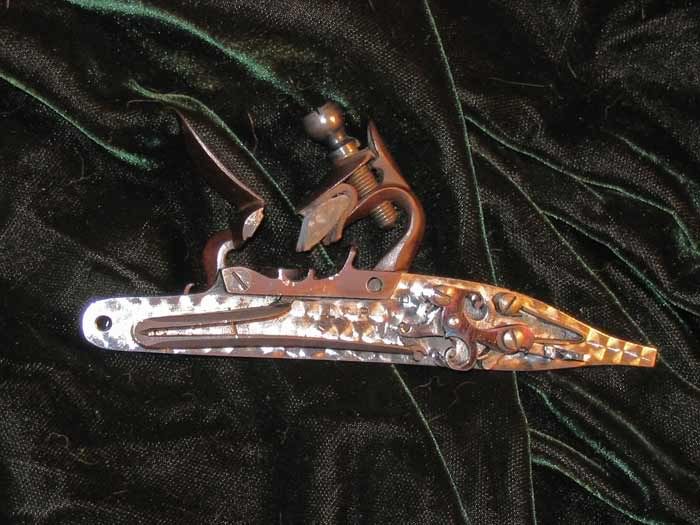L&R locks could stand a bit of production improvement to their quality. They make so many they are really pushed to get them out the door. Regardless of who makes a lock, there is most generally room for improvement. To improve any lock, flint or percussion, begin by totally dismantling your lock and polishing the inner surface of the plate. Don't forget the tumbler hole, but be careful to only remove the gritty surface; your aim is to polish! Step thru your grits until you get to 400 or 600 on the finish. Its time consuming, but believe me, its worth it. Next, look at every spot where metal to metal contact exists and polish it. I am fortunate to have a lot of equipment in my shop. My favorite is my Scotch 3M fine burnishing wheel. I use this to highly polish the tumbler and all contact surfaces. They are expensive but last a really long time. If you take the time to polish each surface where each part "glides" instead or "digs grooves" you will improve its performance and speed. At this moment, only L&R has Bedford locks, so tuning them is the only choice short of handmade.

